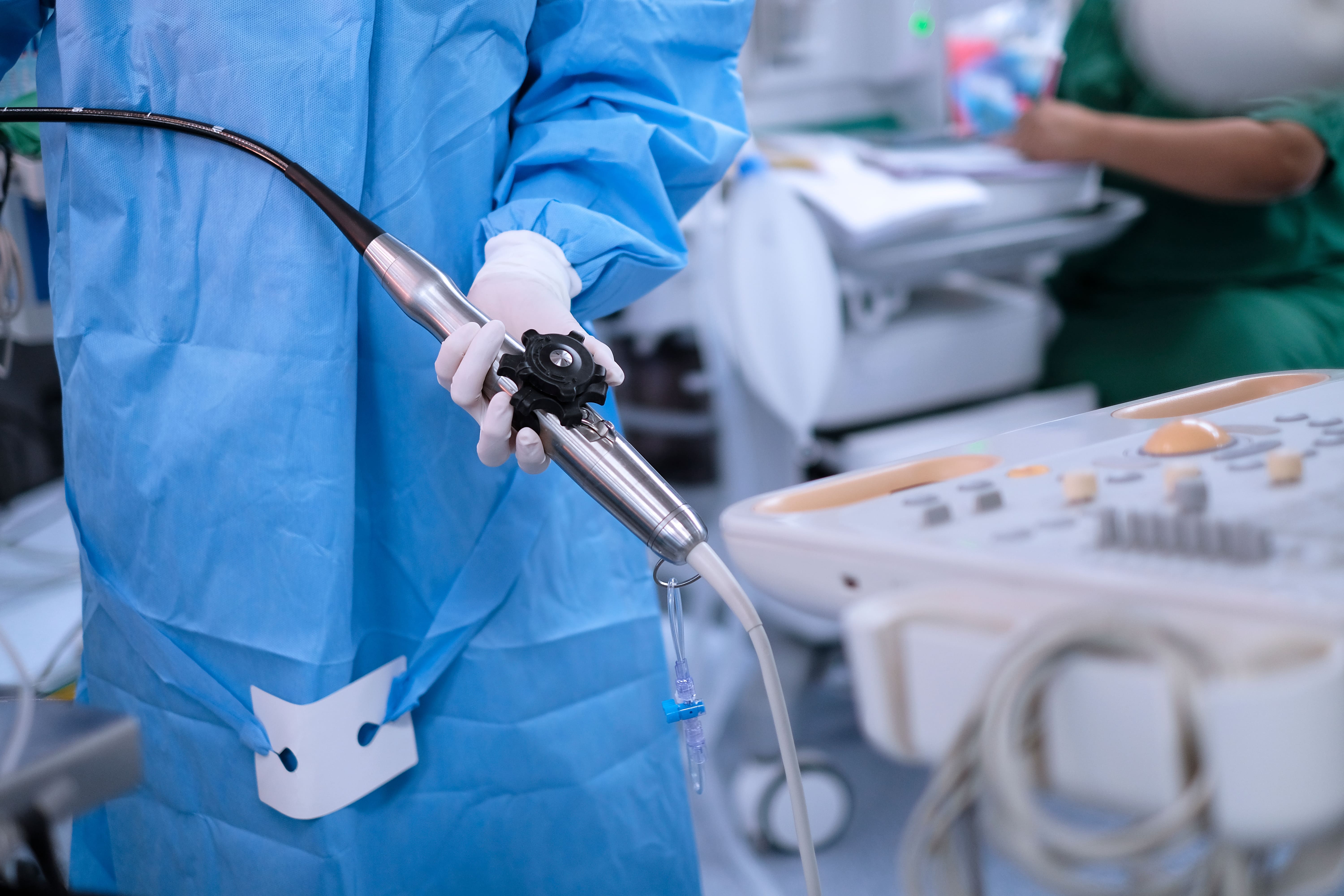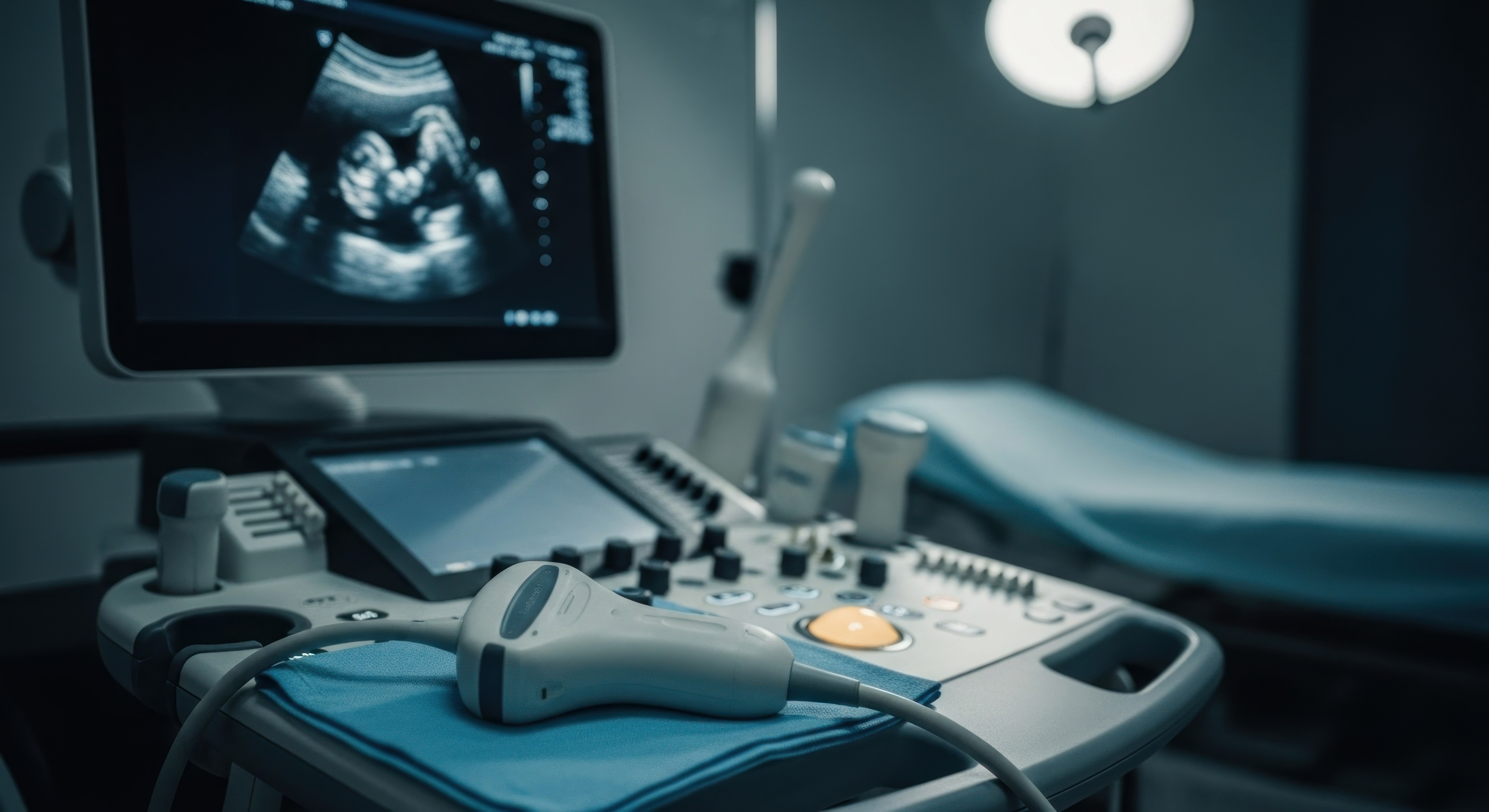With at least 1 out of 25 patients at risk of hospital-acquired infections in the United States, achieving a high-level disinfection of medical equipment is critical in healthcare settings.{¹}
As the patient load increases, the demand for medical devices rises simultaneously. It is then imperative to safely, efficiently and swiftly reprocess medical equipment, especially in high-risk health facilities.
Manual disinfection procedures are often inefficient and inconsistent in achieving the high-level disinfection necessary to reduce the burden of hospital-acquired infection.
Fortunately, automated disinfection processes such as UV-C disinfection have shown the potential to be an effective solution for healthcare providers.
In this article, you will discover the limitations of manual disinfection and the potential of automated systems.
The Limitations of Manual Disinfection
Manual disinfection is a conventional disinfection process that entails manual efforts. Here are some of its limitations.
Lack of automation
Manual disinfection processes, such as cleaning with reusable wipes, brushing, and applying disinfectants, are heavily dependent on human labor and lack automation.{²}. Reusable wipes have many flaws, such as inconsistent disinfection and improper use by healthcare workers. Manual disinfection processes are time-consuming, labor-intensive and not sustainable for the environment as they often take place with reusables.
In healthcare settings with high patient loads, there’s a need to maintain a high level of disinfection of medical equipment to reduce the transmission of disease-causing organisms and to do so quickly.
However, the ineffective and inefficient processes of manual disinfection methods make reaching high-level disinfection of medical equipment hard to achieve.
Inconsistency
Generally, most doctors and healthcare providers conduct manual disinfection differently. For example, a doctor disinfecting ENT-endoscopes might vary the disinfectants they use or vary contact/cleaning times during disinfection. Also, the same doctor can perform that same disinfection procedure differently depending on the day or hour.
These variabilities in disinfection protocols and the possible human errors linked with manual disinfection lead to inconsistencies in effectively eliminating microbes from medical devices and surfaces.
Lack of Traceability
It is typically difficult to consistently track and document manual disinfection processes because of the general lack of systems that allow to maintain such records. Furthermore, a healthcare provider or doctor may fail to adhere completely to standardized protocols each time.
These irregularities can affect the detection of disinfection procedures that do not meet infection control standards and regulatory compliance.
Therefore, it is essential to use automated disinfection methods that provide verifiable documentation and monitoring of disinfection procedures.
UV Light Disinfection: A Solution
An automated disinfection process eliminates these struggles with documentation, tracking, and consistency. With reliable and consistent tracking of disinfection procedures, optimal patient safety and infection control in a healthcare facility are achievable.
Here are the benefits of automated disinfection processes such as UV-C disinfection.
Automated Disinfection
UV-C disinfection allows automated or hands-free disinfection, decreases the reliance on manual labor and has faster reprocessing times.
UV technology ensures consistent disinfection and minimizes human errors that cause inconsistencies in disinfection procedures. An example of these technologies is the UV Smart D60, which high-level disinfects ENT-probes and TEE-scopes in just 60 seconds.
Consistent and Reliable
UV-C disinfection procedures promote automation with less emphasis on manual disinfection. This ensures consistency in eliminating microbes upon exposure and removes interference from human errors. For instance, several studies including findings from a 2021 study published in the Infection Control & Hospital Epidemiology Journal have shown that UV-C light has the capacity to consistently eliminate microbes and decontaminate medical devices and surfaces in a room.{³}
The consistency of UV-C light disinfection enhances its reliability in killing all forms of microbes.
Traceability and Compliance
Most UV disinfection systems have integrated digital tracking and documentation tools that ensure the traceability and compliance of disinfection processes with regulatory standards.
These systems automatically record vital details such as UV-C dosage, exposure time, the device that has been disinfected, the doctor taking care of the process, and the success or failure of the disinfection. The data collected are accessible for monitoring compliance with standard infection control protocols and can be used during audits.
Conclusion
Manual disinfection procedures have multiple flaws, such as overreliance on physical efforts, lack of automation, consistency, and traceability issues. These gaps in manual disinfection affect compliance with infection control standards and, eventually, patient safety.
In contrast, UV disinfection systems have a consistent disinfection process, digitalized tracking and documentation tools that allow the automation and reliability of disinfection procedures.
Therefore, it is crucial for healthcare facilities to adopt UV light technology to improve infection control standards and patient safety.
To know more about how you can achieve the automation, consistency and traceability of medical equipment disinfection with UV Smart's products click here.
References
- https://www.cnn.com/2014/03/26/health/hospital-infections/index.html
- Centre for Disease Control. Sterilisation and Disinfection.https://www.cdc.gov/infectioncontrol/guidelines/disinfection/index.html
- Manuela, L. et al .2021.Ultraviolet C lamps for disinfection of surfaces potentially contaminated with SARS-CoV-2 in critical hospital settings: examples of their use and some practical advice. https://bmcinfectdis.biomedcentral.com/articles/10.1186/s12879-021-06310-5#








.jpg)
